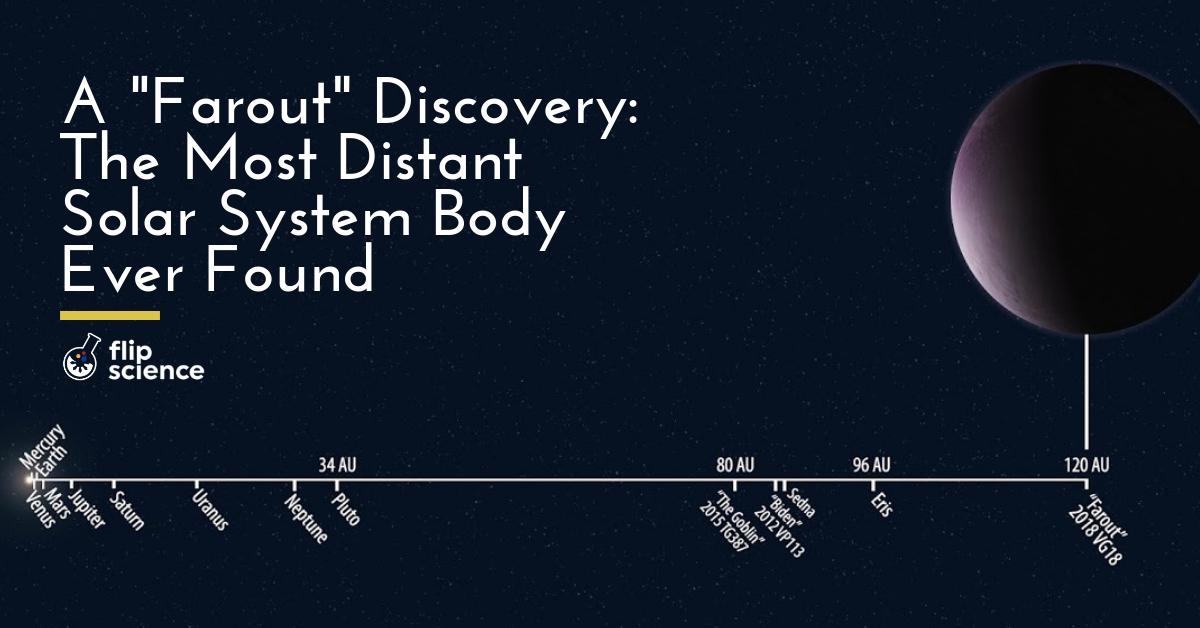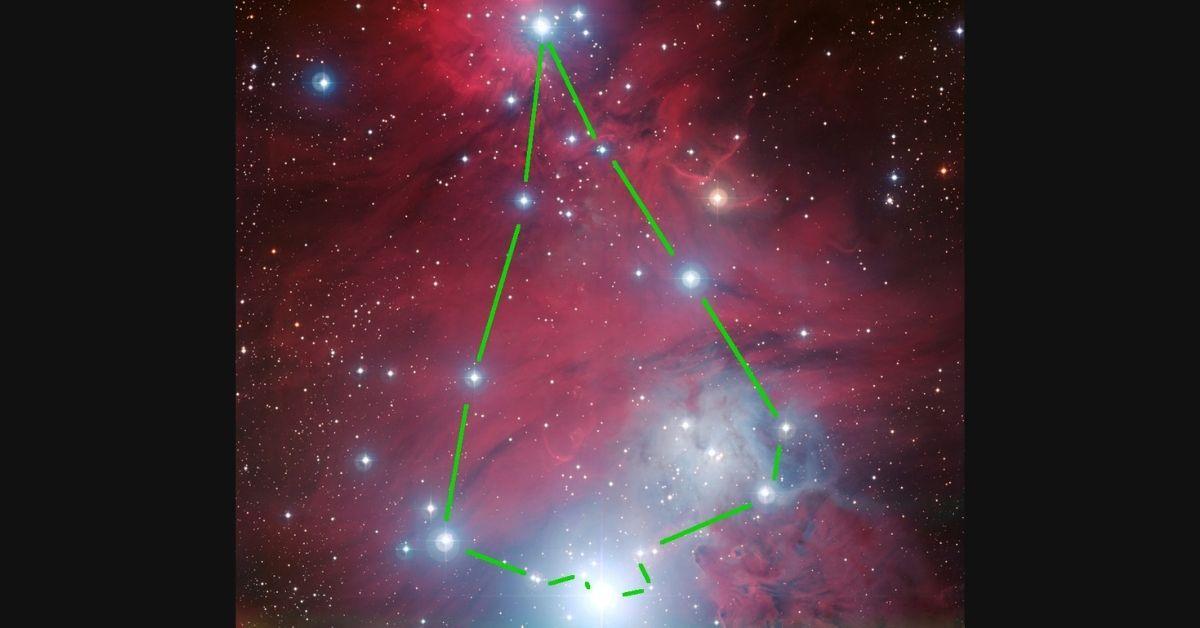• The newly discovered dwarf planet 2018 VG18 (or “Farout”) is currently the most distant body in the Solar System.
• Farout’s location is at roughly 120 times the distance between the Earth and the Sun.
• This Solar System body takes about 1,000 years to make a full trip around the Sun.
The International Astronomical Union’s Minor Planet Center just announced a discovery that can only be described as “far out”: the most distant celestial body ever found orbiting the Sun.
Nicknamed “Farout,” 2018 VG18 is said to be a dwarf planet roughly 500 km in diameter. Estimates place it at a distance of about 120 AU (astronomical units — 1 AU is equivalent to the distance between Earth and the Sun). It is by far the only Solar System body that’s over a hundred times farther from the Sun than Earth is.
Far from home

A trio of astronomers (Carnegie Institution for Science ‘s Scott Sheppard, the University of Hawaii’s David Tholen, and Northern Arizona University’s Chad Trujillo) spotted Farout last November 10. If those names sound familiar, it’s because they’re the same researchers who found 2015 TG387 (“The Goblin“) last October.
They found Farout via the Subaru 8-meter telescope in Hawaii, while searching for the ninth Solar System planet (Planet X).
However, the researchers currently don’t have enough information to conclusively say whether Planet X influences its orbit (like The Goblin’s).
“2018 VG18 is much more distant and slower moving than any other observed Solar System object, so it will take a few years to fully determine its orbit,” explained Sheppard. He added that because of its location, they suspect that it has an orbit similar to those of other extreme Solar System bodies.”The orbital similarities shown by many of the known small, distant Solar System bodies was the catalyst for our original assertion that there is a distant, massive planet at several hundred AU shepherding these smaller objects.”
Long-distance affair
To accurately describe Farout, the researchers (alongside Northern Arizona University grad student Will Oldroyd) observed it for one week. For this, they used the 6.5-meter Magellan telescope at Carnegie’s Las Campanas Observatory in Chile.
Tholen clarified that presently, all they know about Farout is its estimated diameter, distance from the sun, and color. Farout is pinkish, a hue typically associated with ice-rich celestial objects. He also said that because of its distance, one full trip around the Sun would likely take 1,000 years.
Meanwhile, Trujillo called the discovery “an international achievement in research.”
“With new wide-field digital cameras on some of the world’s largest telescopes, we are finally exploring our Solar System’s fringes, far beyond Pluto.”
Cover photo: Roberto Molar Candanosa/Scott S. Sheppard/Carnegie Institution for Science
References
- https://sites.google.com/carnegiescience.edu/sheppard/farout
- https://sites.google.com/carnegiescience.edu/sheppard/faroutimages
- https://www.space.com/42177-when-will-we-find-planet-nine.html
Author: Mikael Angelo Francisco
Bitten by the science writing bug, Mikael has years of writing and editorial experience under his belt. As the editor-in-chief of FlipScience, Mikael has sworn to help make science more fun and interesting for geeky readers and casual audiences alike.







